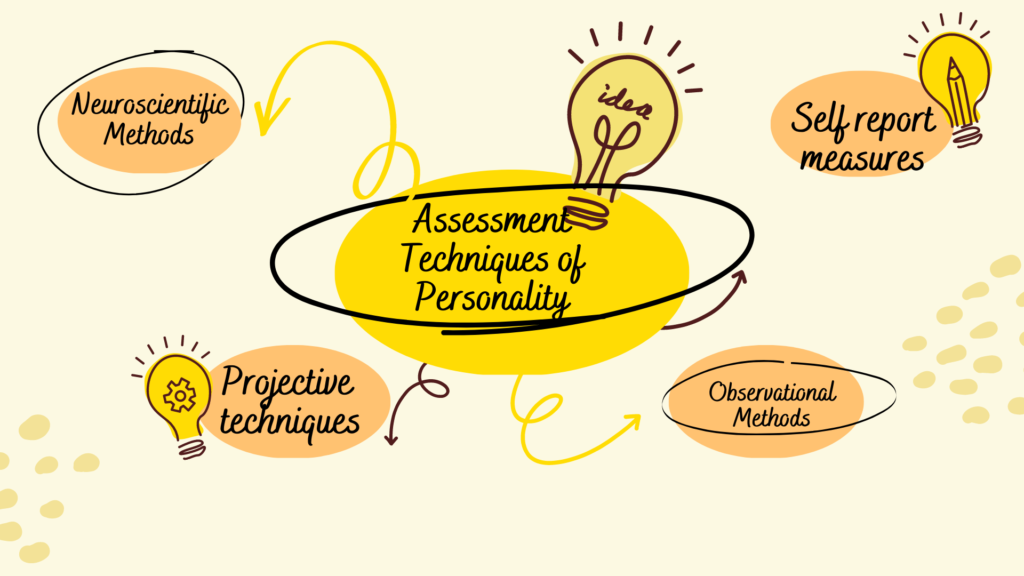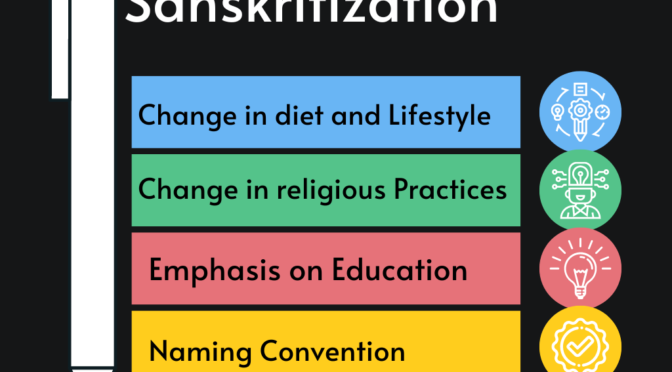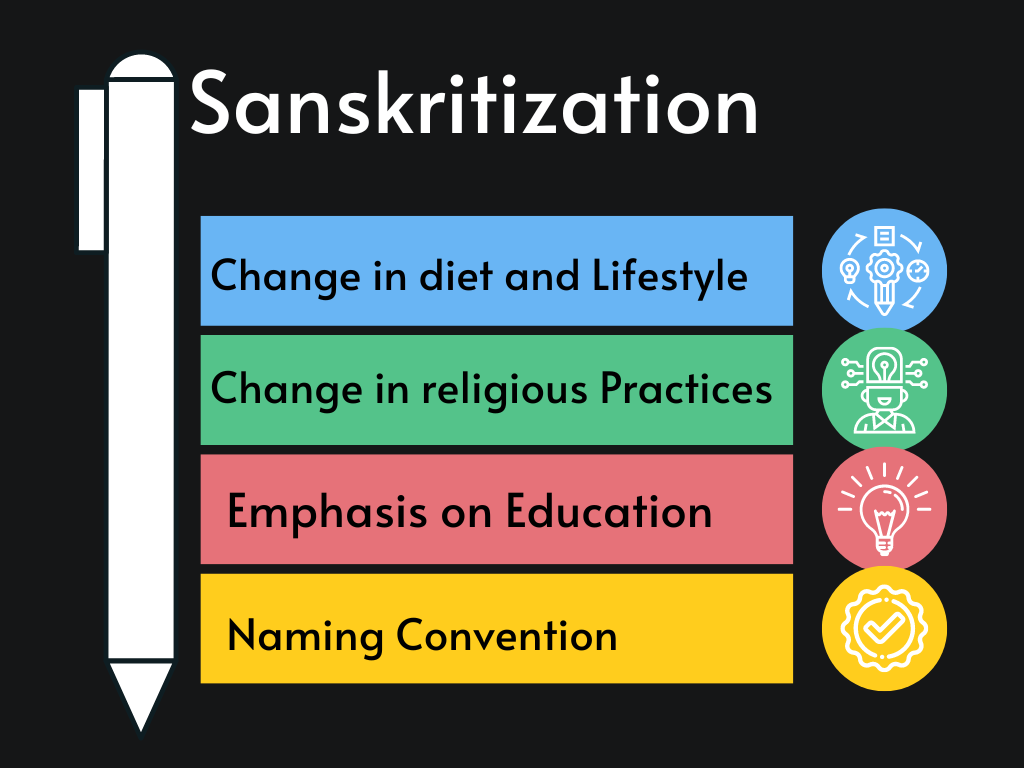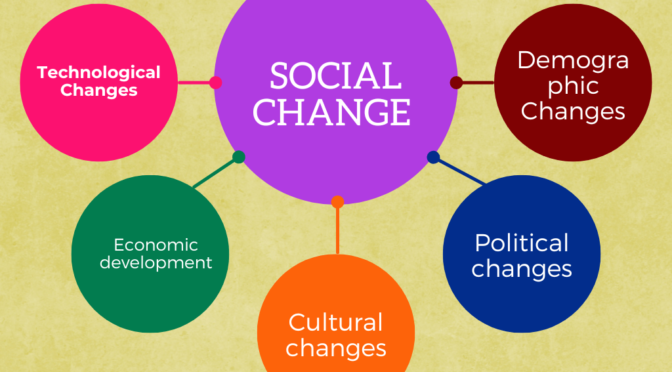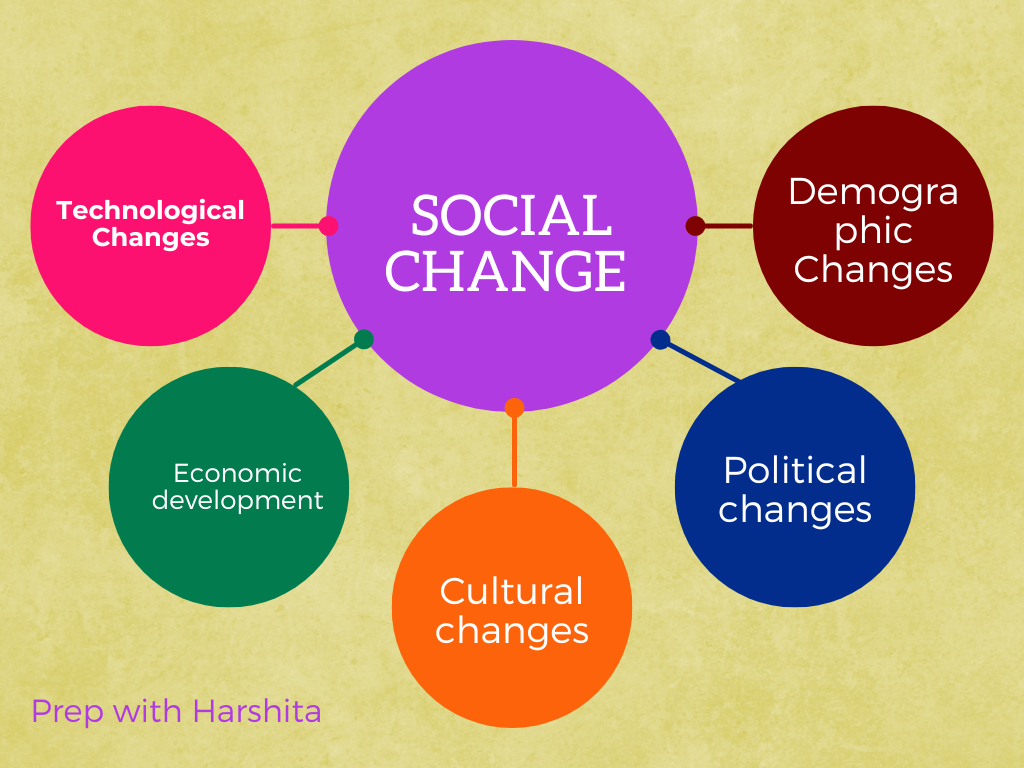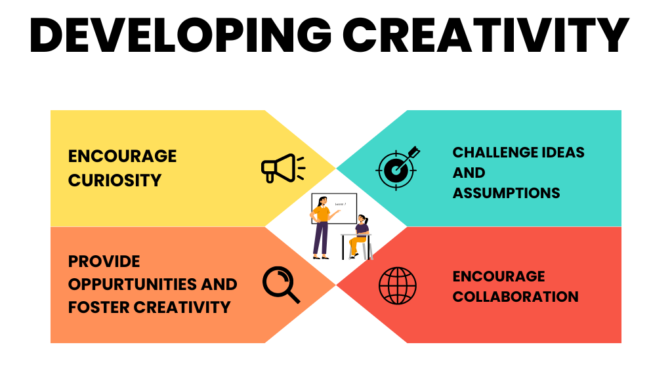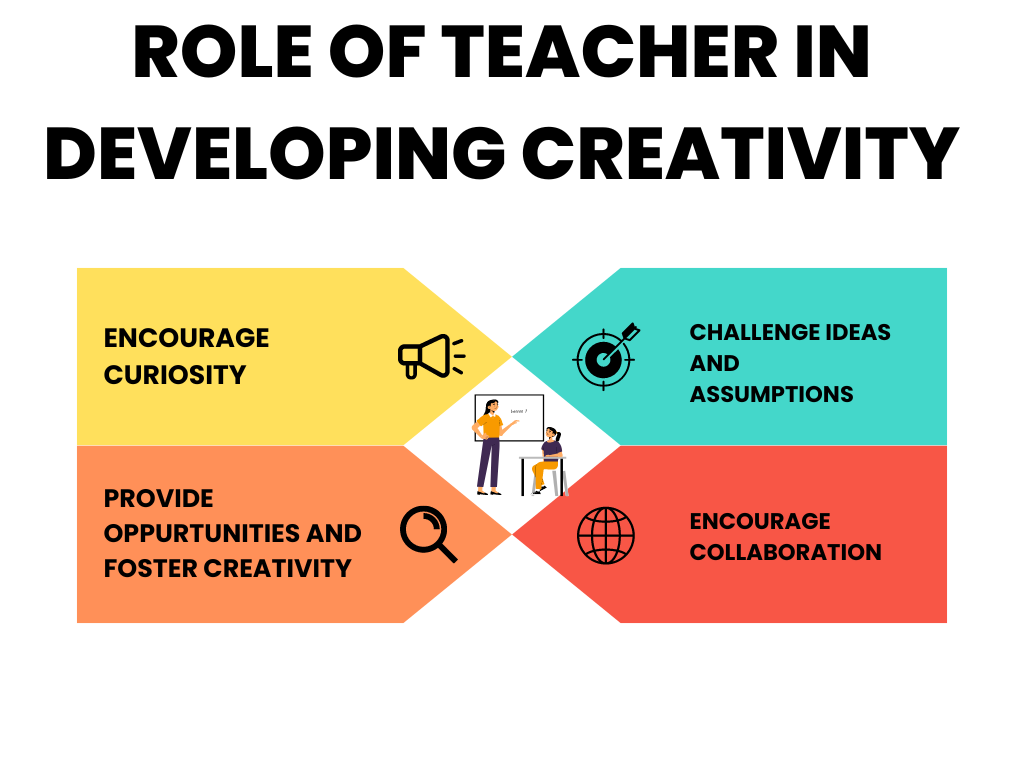The Hunter Commission, also known as the Indian Education Commission, was a British government-appointed commission that was established in 1882.
Hunters commission was headed by Sir William Wilson Hunter, a British civil servant who had served in India, and included several other British and Indian members.
Why it was established?
It was established to examine the state of education in India and to make recommendations for its improvement.
- The Hunters commission conducted a comprehensive survey of the state of education in India, including primary, secondary, and tertiary education,
- Hunters Commission also looked at issues such as funding, curriculum, teacher training, and the role of the government in education.
Also Visit: Prep with Harshita
Recommendations of Hunter Commission
The commission’s final report, published in 1883, made a number of recommendations for the improvement of education in India,
Hunters Commission recommended the establishment of more schools and colleges, the expansion of teacher training programs, and the development of a curriculum that was more relevant to the needs of Indian society.
Although the recommendations of the Hunter Commission were not immediately implemented, they had a significant impact on education policy in India in the decades that followed.
The commission’s emphasis on the importance of education in the development of the Indian people helped to lay the foundations for a modern education system in India.
The Hunter Commission, or the Indian Education Commission, published its report in 1883 after conducting a comprehensive survey of the state of education in India.
The main points and recommendations of the commission included:
- Expansion of education: The commission recommended the expansion of education in India, including the establishment of more schools and colleges, especially for girls, and the introduction of technical and vocational education.
- Improvement of curriculum: The commission suggested revising the curriculum to make it more relevant to the needs of Indian society and the economy, and to ensure that it included the study of Indian languages, history, and culture.
- Teacher training: The commission emphasized the need for better teacher training, including the establishment of training institutions for teachers, and the introduction of new methods of teaching and pedagogy.
- Language policy: The commission recommended the use of local languages as the medium of instruction at the primary level and the promotion of English as the medium of instruction at higher levels of education.
- Funding: The commission recommended an increase in funding for education, both from the government and from private individuals and organizations, to support the expansion and improvement of the education system.
- Role of government: The commission emphasized the importance of government involvement in education, including the establishment of a centralized education department and the appointment of education officers at the district level.
Overall, the Hunter Commission’s report highlighted the need for education in India to promote economic and social development.
It also empowered individuals and communities. Its recommendations helped to shape education policy in India for many decades to come.
Also, read Assessment Techniques of Personality




